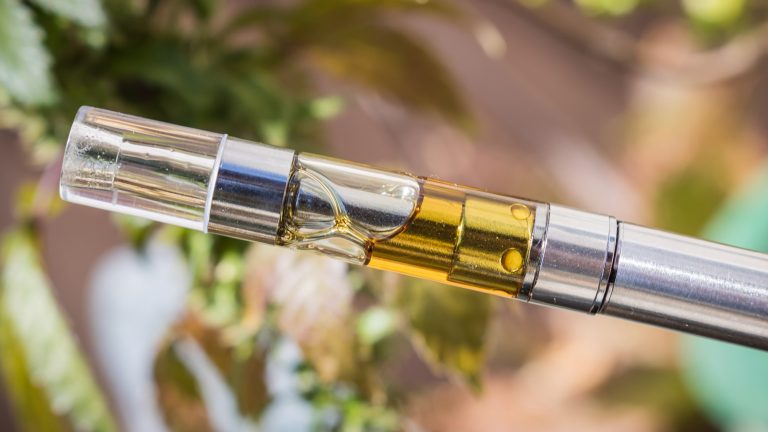The rise in popularity of disposable vape pens has raised concerns about their environmental impact, primarily due to their single-use nature and the associated waste generated. Several factors contribute to the environmental footprint of disposable thc vape pen:
- Non-Biodegradable Components:
Many disposable vape pens are constructed with non-biodegradable materials, such as plastic components and batteries. When improperly disposed of, these materials contribute to pollution and environmental degradation.
- Electronic Waste (E-Waste):
The batteries within disposable pens, often lithium-ion or similar variants, contribute to electronic waste. Improper disposal of these batteries poses environmental risks, as they may release toxic substances into the soil and water.
- Excessive Packaging:
Disposable pens often come with excessive packaging, including plastic wrapping and protective casings. This packaging adds to the overall waste generated and contributes to the environmental burden.
- Resource Depletion:
The manufacturing process of disposable pens consumes significant resources, including raw materials and energy. This contributes to resource depletion and further exacerbates the environmental impact of these products.
Potential Solutions to Mitigate Environmental Impact:
- Recycling Programs:
Implementing and promoting recycling programs for disposable vape pens can help divert these products from landfills. Manufacturers and regulatory bodies should work together to establish accessible and effective recycling systems.
- Biodegradable Materials:
Encouraging the use of biodegradable materials in the construction of disposable pens can minimize their environmental impact. Manufacturers should explore sustainable alternatives for components like casings and cartridges.
- Battery Recycling Initiatives:
Implementing battery recycling initiatives can address the e-waste issue associated with disposable pens. Consumers should be educated on proper battery disposal methods, and dedicated collection points for battery recycling should be established.
- Reduced Packaging:
Manufacturers can adopt eco-friendly packaging practices, minimizing unnecessary materials and opting for recyclable or biodegradable packaging. This reduces the overall environmental impact of disposable pens.
Consumer Education:
Raising awareness among consumers about the environmental impact of disposable pens and promoting responsible disposal practices is crucial. Providing information on recycling options and encouraging proper disposal can significantly contribute to mitigating environmental harm.
Conclusion
Addressing the environmental impact of disposable thc vape pen requires a multi-faceted approach involving manufacturers, regulatory bodies, and consumers. By adopting sustainable materials, implementing recycling initiatives, and promoting responsible disposal practices, the cannabis industry can work towards reducing the ecological footprint of disposable pens and fostering a more environmentally conscious approach to cannabis consumption.
